The Victorian City: Everyday Life in Dickens’ London
£12.60£14.20 (-11%)
The nineteenth century was a time of unprecedented transformation, and nowhere was this more apparent than on the streets of London. In only a few decades, London grew from a Regency town to the biggest city the world had ever seen, with more than 6.5 million people and railways, street-lighting and new buildings at every turn.
Charles Dickens obsessively walked London’s streets, recording its pleasures, curiosities and cruelties. Now, Judith Flanders follows in his footsteps, leading us through the markets, transport systems, sewers, slums, cemeteries, gin palaces and entertainment emporia of Dickens’ London. The Victorian City is a revelatory portrait of everyday life on the streets, bringing to life the Victorian capital in all its variety, vibrancy, and squalor. No one who reads it will view London in the same light again.
Read more
Additional information
| Publisher | Atlantic Books, Main edition (1 Aug. 2013) |
|---|---|
| Language | English |
| Paperback | 544 pages |
| ISBN-10 | 1848877978 |
| ISBN-13 | 978-1848877979 |
| Dimensions | 13 x 4 x 19.8 cm |

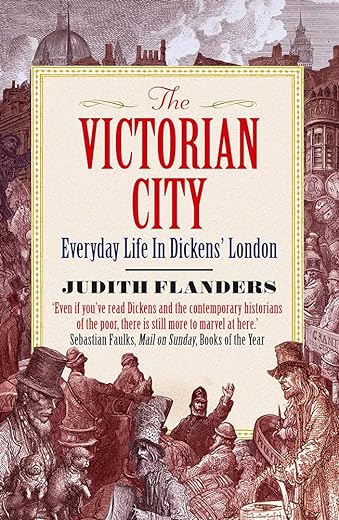
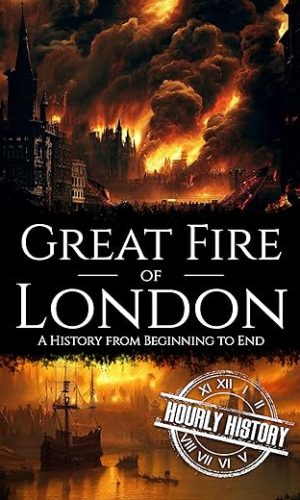
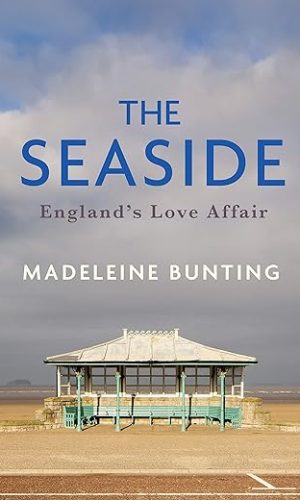
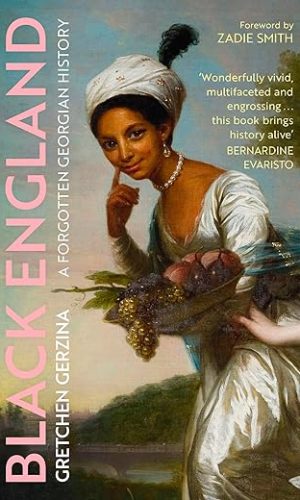
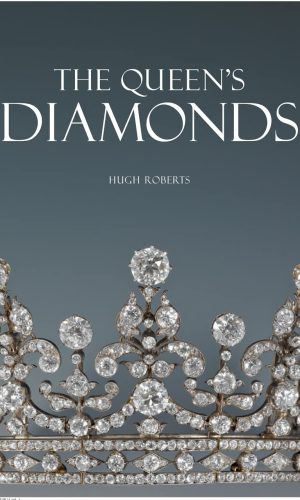
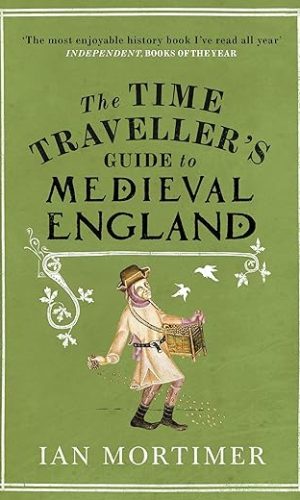
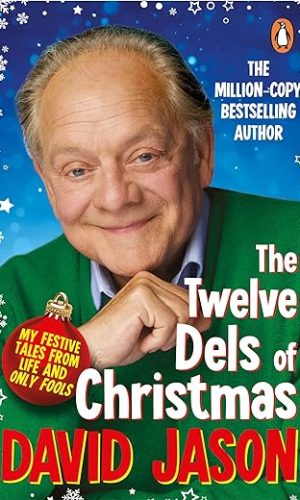

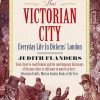
by S Riaz
Having looked at the Victorian house, Victorian crime and Victorian leisure in previous books, the author now turns her attention to the Victorian city. In particular, London during the time of Dickens’, using his journalism and novels to illustrate her own book. Judith Flanders makes an important point that today the word ‘Dickensian’ often refers to squalor – such as the term ‘Dickensian conditions’ – whereas in his own time the author was more often seen as convivial and often humorous. As anyone will know who has read any biography of the great man, what Dickens was, more than anything, was an observer of his city and his people. In this book, Flanders attempts to create a picture of London during that time and to show the differences and similarilities with now.
One of the main impressions I came away with from the book is that London was much busier then than our present time – if that is possible! When the author recreates the working day, it showed that even in the middle of the night people were trudging around, either going to work or returning from it. Another major difference is that most people walked fairly long distances to get to and from places. In her section about the city itself, she covers all elements, from the methods of transport, accidents, commuting and even what the roads were surfaced in. She presents a place of immense noise and bustle, with street hawkers, markets, music and crowds, in which many of the inhabitants complained of never having any peace from the constant roar of the streets.
Other sections of the book look at how people lived, enjoyed themselves and the city at night. I learnt that markets and public houses had to close during church services, something I had not been aware of before, and a whole host of other interesting and informative facts. London during Dickens’ time was always on the move. As the population increased, slum dwellings (or rookery’s) began to grow, with workhouses and prisons visible presences in the city. Poverty led to many ingenious ways to make things cheapest for the very poorest. Public houses had a ‘saveall’ to collect dregs from glasses to be sold cheaply, or given away, for instance. My very favourite was the fact that you could have newspapers delivered, or ‘rent’ them – if that was too expensive for you, you could rent the previous days paper for an even cheaper price. Still, the author looks carefully at the poverty and injustice Dickens’ was famous for exposing and also looks at life expectancy, public water pumps, illness and epidemics and the links between crime and poverty.
London was not always so dark and depressing and her vivid descriptions of London at night, with public houses, theatres, street organs, parks and public spaces are fascinating. I have lived in London all my life, but was never aware of the work on Trafalgar Square, for instance, which went on for so long that hardly anybody could muster any enthusiasm when the lions were finally installed – only a handful of men witnessing they arrival in the capital. There are interesting digressions into royalty, food, street violence and fascinating accounts of public executions. For Dickens’ his city was a place that encompassed all life, and leaving London and leaving life one and the same. Flanders does a wonderful job of recreating that time and of relating it always to Dickens’ London and his work. If you have an interest in Victorian London or the work of Charles Dickens, this will be a must read. Lastly, I read the kindle edition of this book and it contained illustrations.
by Martin Ternouth
When I first submitted a review of this book I gave it one star because a glaring series of errors of fact on page six caused me to stop reading it in disgust. However, I was prevailed upon by a friend to give it another go, and was pleasantly surprised. It is however not, as I had expected it to be, a sort-of companion to Dickens’ writings to show his sources and inspirations. Rather, the Dickens connection is a promotional tag, in much the same way that a history of the last hundred years or so of popular culture from Ragtime to iTunes could be marketed as “The Beatles’ Century”.
So I was confused at first when events were mentioned that occurred after Dickens had died, and even more confused when events and vignettes separated by twenty, thirty, or fifty years were mentioned in the same paragraph or even sentence as if they were contemporaneous. And there are errors of fact, and not just on page six. However, the book is not a work of scholarship, but is written to give the impression of rummaging through a huge box of coloured trifles, often disconnected in time and space, but nevertheless giving – as a whole experience – a flavour of light and dark and coloured confections that overall leave a pleasant impression and give a rich flavour of a different and extended age.
So my apologies to the author for my initial irascible review. However, I do not give the book the five stars that would normally accompany such positive feelings after reading because of what I see as misleading marketing – which of course is not the author’s fault.
by H Rose Jackson
The Victorian City vividly brings London back to life for the period from around 1820-1870. If you’ve ever read Peter Ackroyd’s biography of the capital, it’s kind of similar in the way it appeals to all the senses. The clatter of horses, the stench of the Thames, the endless sights and sounds. However, I found it much easier to digest (this isn’t surprising because, in comparison, his biography of London covers the entire history of the city).
This book focuses solely on the period in which Dickens was alive, describing the city as it was when he would have walked its streets. It ends in the 1870s, so you don’t hear about the latter Victorian age when the Ripper would have been at large.
This book made me realise the extent Dickens was a social commentator, along with a great novelist. The world he described was colourful, full of energy and characters, and not overdramatised.
Fun, fascinating and well-written, I highly recommend it if you’re interested in this period of history. Everything from the smells and sights to the streetlife is described evocatively.